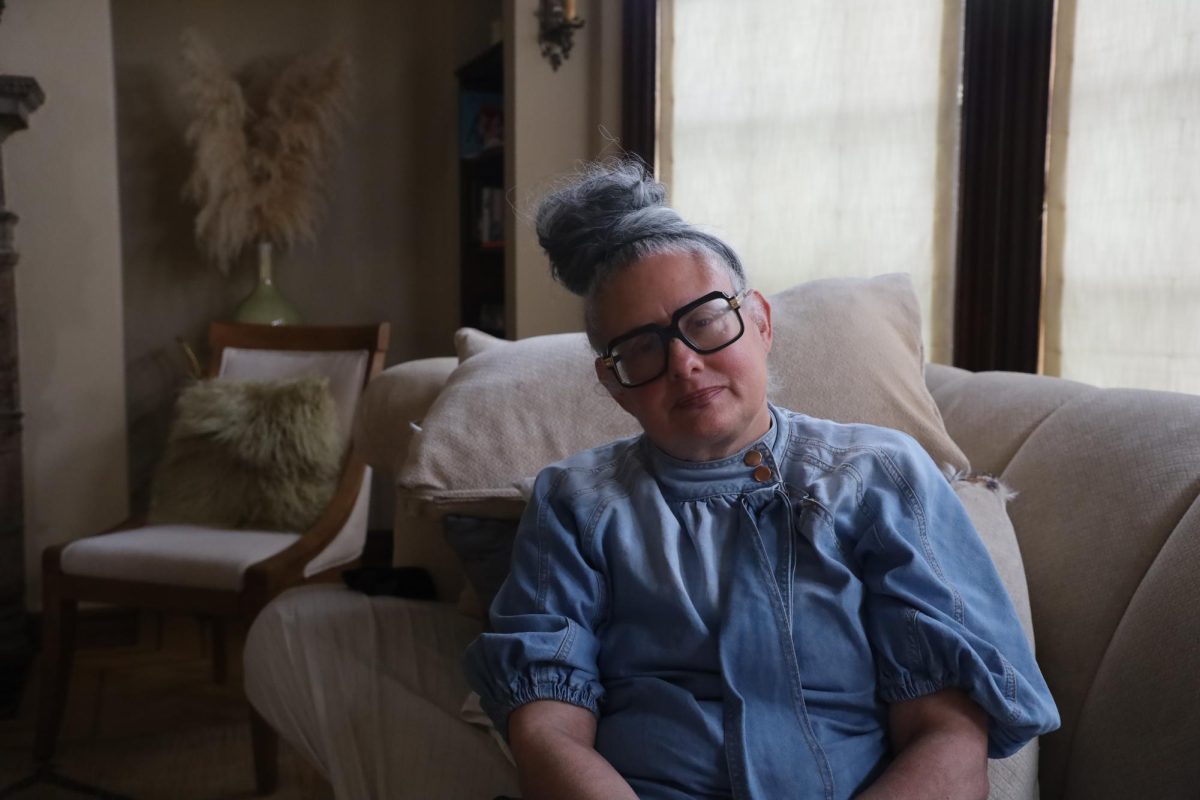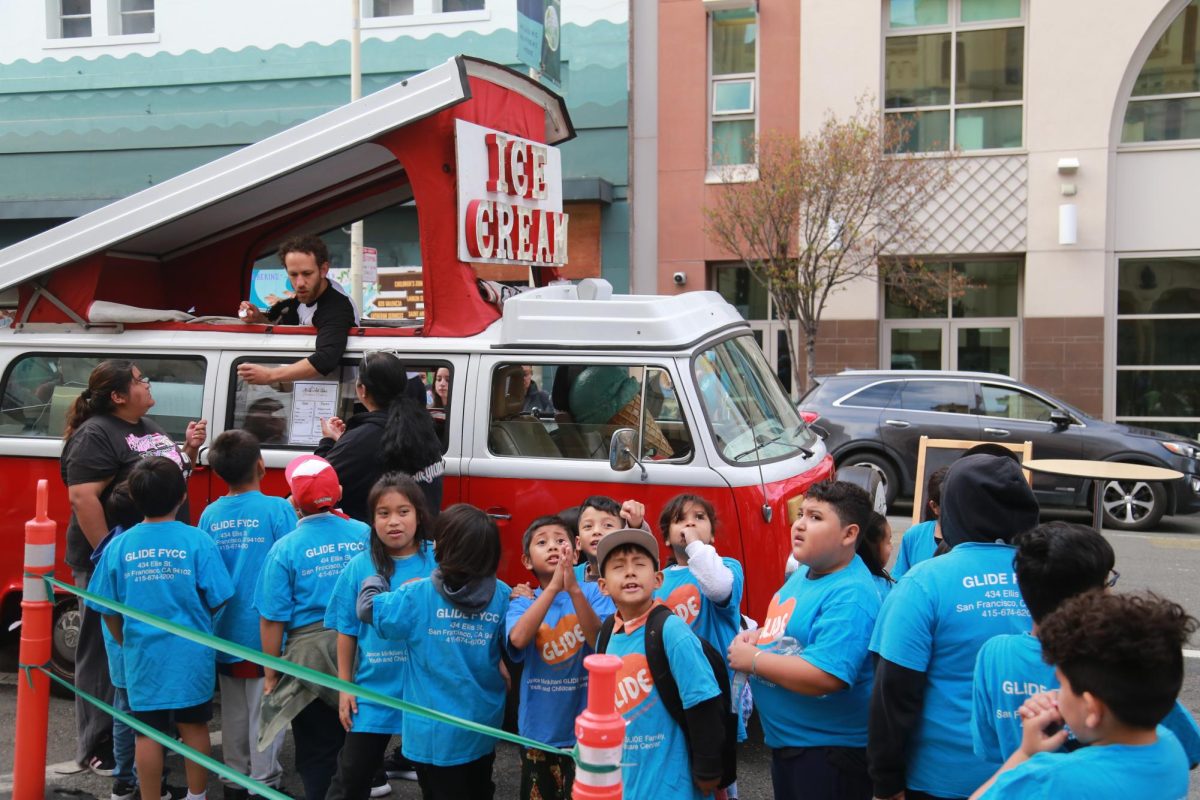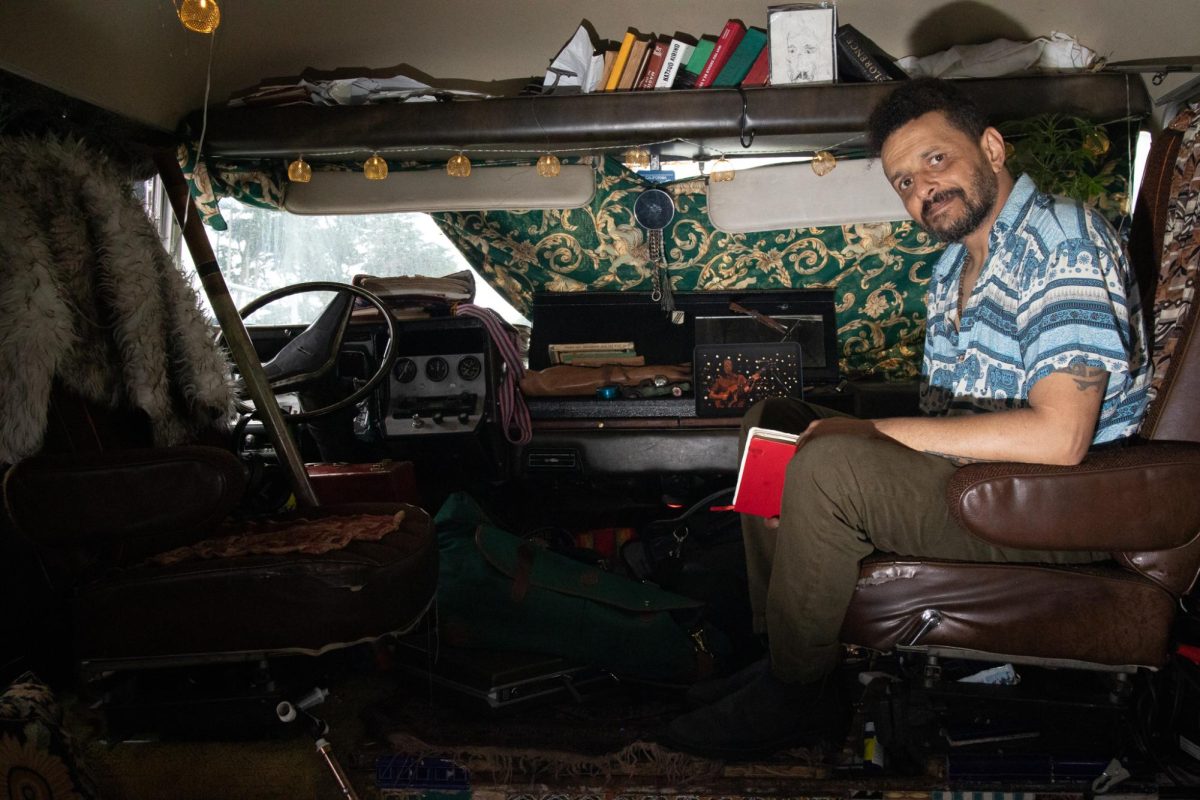
A look into the comic book culture’s past, present, and future…
As a kid, Brian Hibbs would go to the bodega around the corner of his house in Brooklyn to check out the spinner rack full of comics. He was only allowed to walk a block in any direction from where he lived, so he always went there to read comics. It was not long after that he realized there were actual comic book stores. His love for the medium was cemented when he convinced his parents to take him to a place in Manhattan called the “Batcave.”
“It was literally a basement underneath a store and there was shit dripping from the ceiling and it was all kinds of slimy and gross, but they had all the comics—I thought it was really cool,” Hibbs recalls.
Hibbs is the owner of the Comix Experience and the Comix Experience Outpost in San Francisco. Now forty-seven-years-old, he is sitting inside his very own “Batcave.” But unlike the dark, dingy store in Manhattan, the Comix Experience has a bright, clean, modern look. He scored the shelves for “super cheap” when Borders went out of business.
In the 1930s and 1940s, comic books were looked down upon when more creators were expanding the content of the pages and they became more obscene — at least to a group of educators and religious groups. Comic books were thought only to be for children and genres such as horror, crime, humor, and romance came out. Publishers, such as E.C. Comics, were thought to be corrupting the minds of children. So, in the 1950s, the Comics Code Authority (CCA) formed to censor comics by putting stamps on issues that warranted its official, “Approved by the Comics Code Authority” seal that showed the comic was “wholesome” Hibbs says. For decades after that, superhero comics were the prominent genre in the industry.
Today, with the digital tools to share work, and Hollywood releasing films and television shows based on comics, readership is increasing. And only now has content begun to reach a broader audience. Comic culture has evolved and publishers are starting to create content to meet the demand. Superheroes in comics are no longer the only thing being sought after and mainstream publishers like Marvel and DC are finding ways to keep up with the content being put out by the growing independents to reel in new audiences.

At this year’s Alternative Press Expo held at the Fort Mason Center, hundreds of artists and writers as well as local independent publishers shared their work. From fully-colored, binded pages to artists like Mission Mini Comix putting out folded hand-made copies that were scanned and printed, creators from all across the country came and proved that the independent community is continually creating diversity in the industry. In 1994, Dan Vado, owner of SLG Publishing, founded the Alternative Press Expo in San Jose and gave independent publishers and artists a platform to showcase their work. A year later, Comic Con International took over the event and brought it to San Francisco. And for nineteen years, CCI has brought thousands of attendees, with six thousand one hundred last year at the event. However, inside this year’s APE program book, it was announced that CCI is handing it back to Vado.
With the thriving comic book culture in the Bay Area, it brings into question Comic Con International’s decision to pull WonderCon out of San Francisco and move it to Anaheim as well as detaching itself from the Alternative Press Expo completely. Without giving a reason, a rumor circulating has been that these comic conventions have not been “successful” in San Francisco.
+ press play for Hibbs’ explanation on the rumor
The comic culture is expanding to different branches with companies like Madefire, a digital publishing company in Berkeley that is creating motion books with the comic book aesthetic. When one of these books opens in their iPad app, characters swish in and out of the panels and different things within each panel move to the foreground and background. To Hibbs, these forms are not considered comics.
“The unit of comics is not a panel of comics, the unit of comics is the page, comics are not the drawing that you see on the of piece of paper and the text that goes with it, comics are what happens between the panels, comics are the gutters — the space between the panels,” Hibbs explains.
+ press play for extended quote
“It’s great what they do, but it’s not comics; it’s animation.”
While eBooks, tablets, and other digital tools decreased print sales in regular bookstores, for comics, “that was never the case,” Hibbs says. “It was an exposure tool rather than the way people wanted to consume.”
When they read something online or in a tablet, they would go to the comic book stores and start picking up the issues. In the past three years, sales for both print and digital comics have continued to rise.
For another comic book store owner in San Francisco, his problem with the “digital stuff” is the piracy.
“Comics are just like movies and music, it’s all out there. You can download anything here,” Frank McGinn says, pointing around his shop, Amazing Fantasy. “There are guys who get their stuff on Wednesday morning, [the new comic book day] and put it on the Internet. So if you want to be one of those guys—be the pirate guy— and read it on the Internet, you can do that. Even with that going on, sales are still strong. In terms of legitimate digital comics,” McGinn says, “You can’t not embrace it.”
Given all the different forms of media online and comic book stores being more open to helping creators, writers, and artists show their work, those individuals have had it better today than ever. And it helps to be in a city so condensed. Hibbs says that business for him has never been better. He compares creating comics to writing prose and making music.
“We’re a very vibrant, creative medium. It’s not just in stores like mine, where I make a special effort to bring in new voices—even at the national level it’s really, really easy to get your comic distributed nationally into a set of stores whose only job is to sell comic books,” Hibbs says.
+ press play for extended quote
“So that’s one of the things that’s really amazing and astonishing about comics—that it’s a really egalitarian kind of medium and new voices [are] constantly coming in.”
Barbara “Babs” Tarr is the artist of DC Entertainment’s newest “Batgirl.” She was approached with the project by Cameron Stewart, a co-writer of “Batgirl.” Tarr is new to the industry and says that the reaction to her work has been “amazing.”
“It opens doors for many types of artists and people,” Tarr explains. “I feel like there is a ‘comic book look’ that is maybe outdated and there are many talented people besides myself that I would love to see be given mainstream titles to make them even cooler.”
With the October announcement of the new Marvel and DC films slated to roll out over the next couple of years, the comics industry only looks to move upward. “Marvel and DC are not Marvel and DC anymore, they’re Disney and Warner Bros,” Hibbs says.
Hibbs and McGinn both praise the efforts of Image Comics. The independent publishing company based in Berkeley does not limit their content to one genre. For those who want to get into comics or who are just getting started, decades of backstory can be intimidating so what publications like Image Comics do is give new readers a fresh start.
“We’re getting away from the superhero stuff,” McGinn says about the variety of comics today. “It’s taken a while. And now [with movies and television shows] it’s cool to read comics.”
“In the old days, when I was a kid walking around with a comic—oh my goodness—they looked at you like you were a psycho.”
“It always comes down to the content,” Hibbs says. “Good material rises to the top. When the market recedes, it tends to be because we’ve gotten safer again, and when it expands it tends to be because we’re starting to do exciting and innovative work again.” X




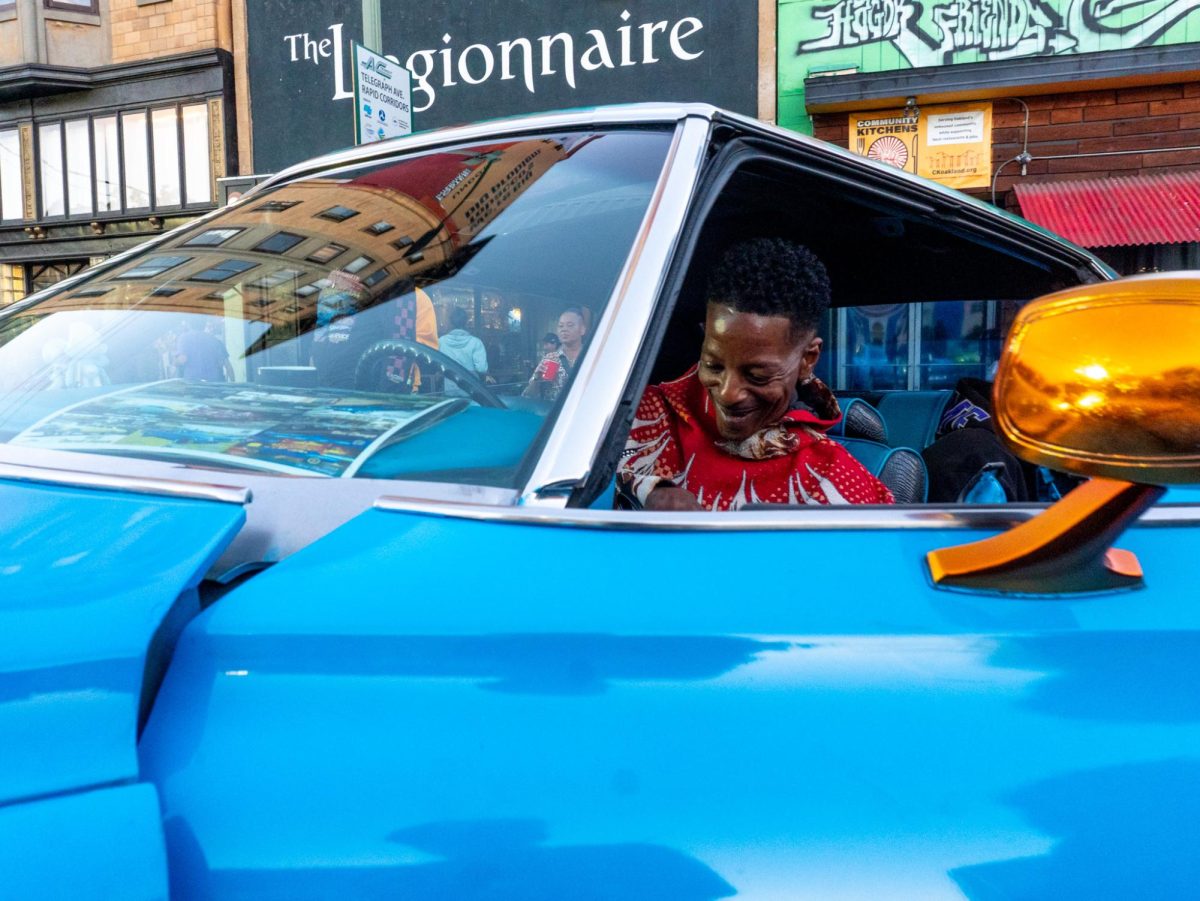

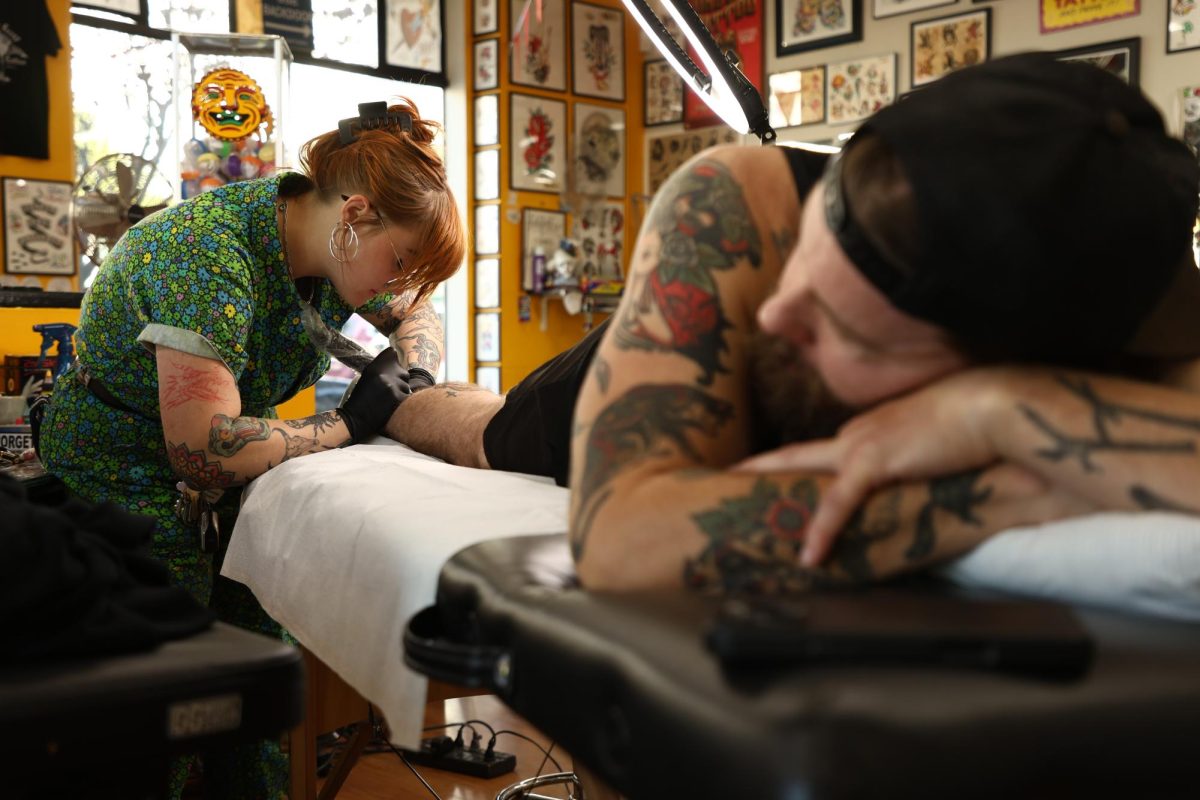




![[Video] No Trump, No Feds, No MAGA; San Francisco says "No Kings!"](https://xpressmagazine.org/wp-content/uploads/2025/10/Screenshot-2025-10-28-165913-1200x675.png)
